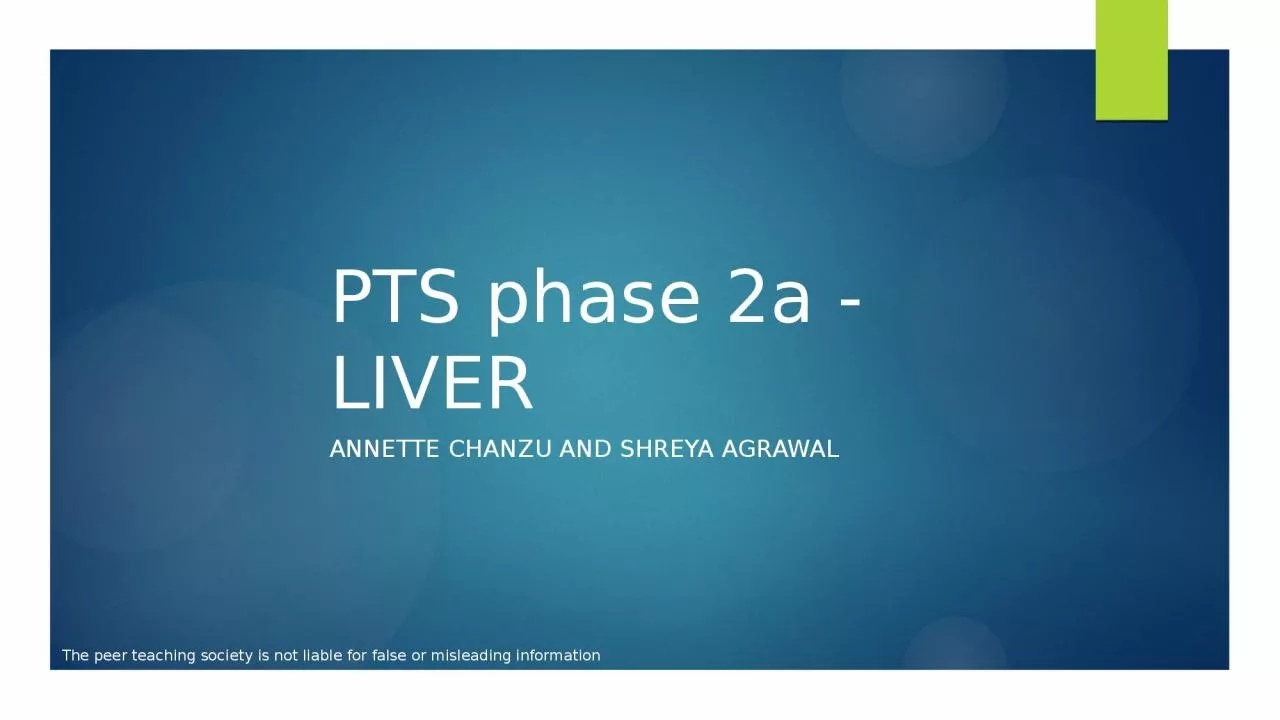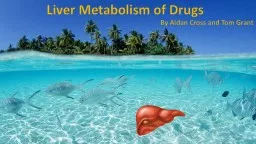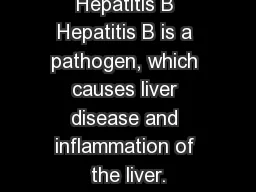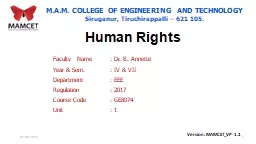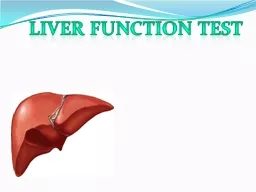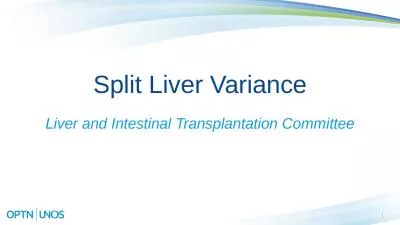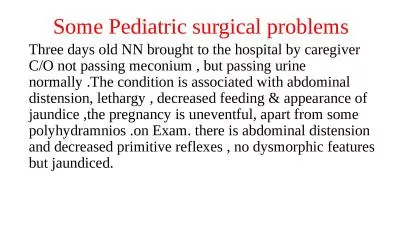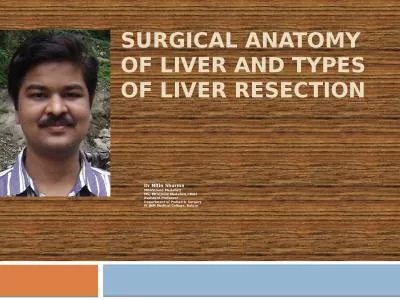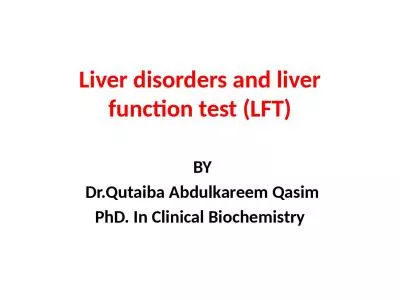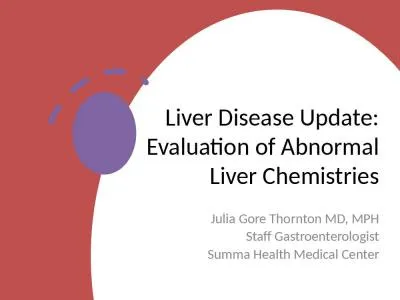PPT-PTS phase 2a - LIVER Annette
Author : BlueEyedBeauty | Published Date : 2022-07-28
chanzu and Shreya agrawal The peer teaching society is not liable for false or misleading information What will be going over Functions of the liver Acute and chronic
Presentation Embed Code
Download Presentation
Download Presentation The PPT/PDF document "PTS phase 2a - LIVER Annette" is the property of its rightful owner. Permission is granted to download and print the materials on this website for personal, non-commercial use only, and to display it on your personal computer provided you do not modify the materials and that you retain all copyright notices contained in the materials. By downloading content from our website, you accept the terms of this agreement.
PTS phase 2a - LIVER Annette: Transcript
Download Rules Of Document
"PTS phase 2a - LIVER Annette"The content belongs to its owner. You may download and print it for personal use, without modification, and keep all copyright notices. By downloading, you agree to these terms.
Related Documents

